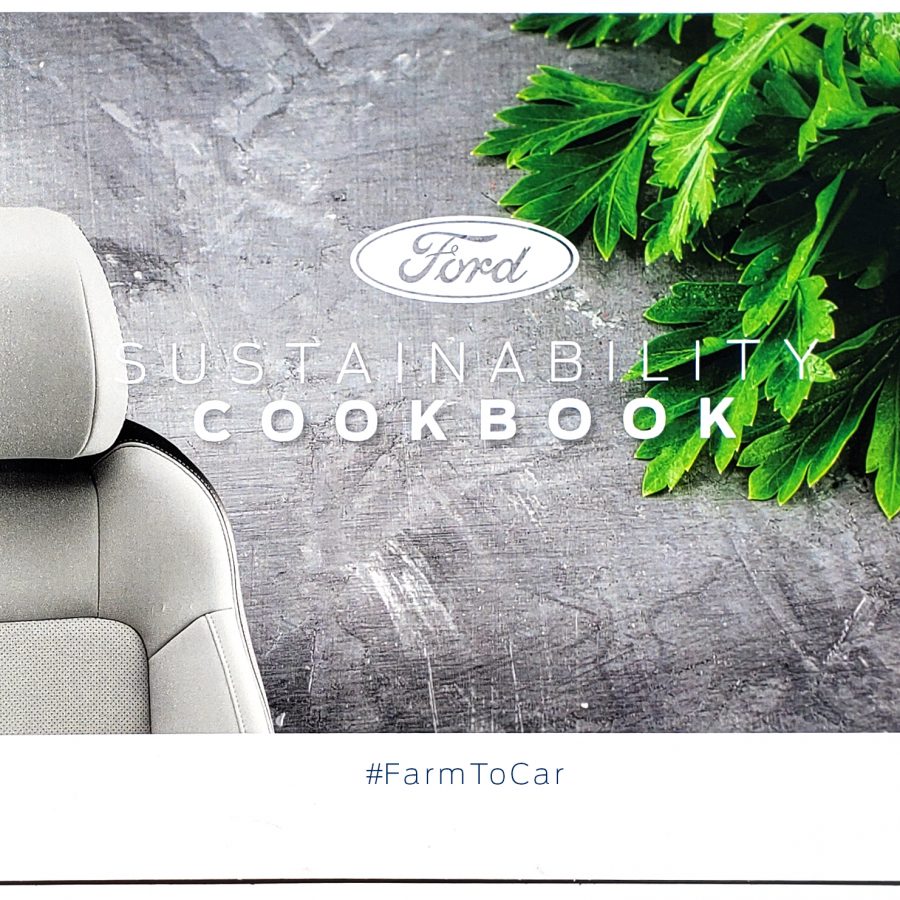
In the 1930s and 1940s, Henry Ford was interested in soybeans as a potential alternative to petroleum in car production, and so he created 7,400 acres of Ford soybean farms in Southeast Michigan, established a soy processing plant and invested in soy crop research. On August 13, 1941, Henry Ford unveiled the first Ford “Soybean Car” at Dearborn Days.
Unfortunately, during WWII auto production was suspended, and after the war the technology became lost as energy was put into war recover efforts. In 2000, almost 60 years after the unveiling of the world’s first “Soybean Car,” soy crop research restarted at Ford Motor Company.
Now, food by-products, oversupply and other biomaterials are getting a second life in our vehicles. In 2007, Ford introduced the auto industry’s first use of soy-based foam in seat cushions and backs, and in 2011 they were in every vehicle built in North America. Since then, Ford’s renewable materials program has grown from this one application to a large portfolio of renewable and recyclable materials.
Today, we’re using soy foam seats and plastics reinforced with rice hulls, wheat straw and cellulose. Tomorrow, you might find tomato skins, corn and algae in your Ford vehicle. Because at Ford, using plant-based materials that would otherwise go to waste is a central part of our corporate sustainability strategy, and we’re focused on continuing to migrate new renewable and recyclable materials into all of our vehicles.
So as you go through this recipe book, courtesy of Ford and Chef Justin Cournoyer of Actinolite restaurant in Toronto, enjoy a taste of what is in your Ford today and what may be there in the future.

scope of project
Ads | Booklets | Brochures | Business Cards | Business Forms | Calendars | Cookbook | Data Merge | Flyers | Maps | Posters | Seasonal Cards | Sell Sheets | 3D Models | Trade Show Booth
